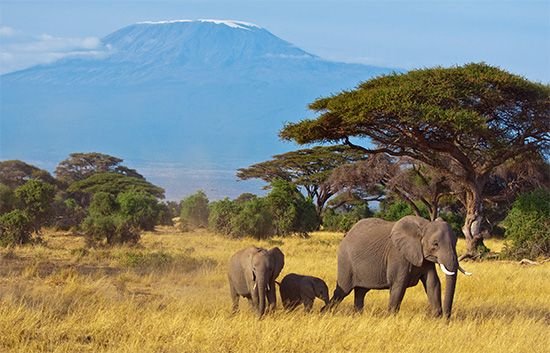
Ant lion larvae, often mistaken for small alien creatures, are known for their conical pits where they catch unsuspecting prey. But where do they like to hang out, and why? In this article, we’ll dive into the habitat preferences of these fascinating larvae and explore the environments that suit them best. So grab a coffee, sit back, and let’s uncover what makes these little predators tick.
What Are Ant Lion Larvae?
Before we dive into their habitat preferences, it’s good to know a bit about the ant lion larvae themselves. They are the juvenile stage of *Myrmeleontidae*, a family of insects in the order Neuroptera. These creatures are often found in sandy or loose soil, where they exhibit some quite remarkable behaviors.
The larvae are best known for their unique hunting method. They dig small, conical pits in loose substrate, usually sandy soil, to trap ants and other small insects. When an unsuspecting bug stumbles into the pit, the ant lion quickly grabs it with its powerful jaws. You might think of them like tiny, clever gardeners who cultivate their own traps!
These larvae can be found in various environments, but their choices depend heavily on a few factors. Let’s explore how these factors influence where they set up camp.
Sand and Soil Types
One of the most critical aspects of an ant lion’s habitat is the type of soil they choose. Sandy and loose soil is ideal for these larvae. It allows them to dig those trademark pits effortlessly. Think of them like kids building sandcastles at the beach. If the sand is too wet or compact, it’s hard to shape. Similarly, ant lions need dry and loose soil to construct their traps effectively.
In addition to sandy soils, they also prefer a specific grain size. Ideally, the grains should be fine to medium, as these textures create the perfect conditions for trapping prey. If you live near a beach or a desert, you might spot these larvae thriving in those sandy regions. Just remember, they’re masters of camouflage, so they could be lurking right beneath your feet!
Climate Considerations
Ant lion larvae are sensitive to climate. They thrive in warm, temperate regions, where moisture levels are just right. In areas that experience seasonal changes, you can often find them in greater numbers during the warmer months. Why? Because they love to hunt when it’s warm and their prey is more active.
If you’re thinking about where to spot these intriguing insects, consider areas with plentiful sunlight. They tend to shy away from overly humid or wet environments. Too much moisture can lead to an uninviting home for these critters, affecting their ability to hunt and survive.
Vegetation and Cover
While ant lion larvae are known for their impressive hunting traps, they also seek out sparse vegetation to enhance their survival. They like areas where they can remain hidden but still have access to sunlight. Think of them as introverts who enjoy their quiet space but also appreciate a little sunshine.
Low-growing plants, grasses, and sandy patches are ideal for them. These spots provide both cover from predators and an opportunity to capture their next meal. If you want to find ant lions, look for bare patches of ground where vegetation is minimal.
Predator Avoidance and Environmental Safety
Speaking of predators, ant lion larvae are not at the top of the food chain. They face threats from larger insects and birds that might see them as a tasty snack. Because of this, their chosen habitats often feature elements that help them evade such threats.
Many ant lions dig their traps close to natural cover, like tufts of grass or fallen leaves. This way, they can retreat to safety when danger approaches. It’s a clever survival tactic. Without adequate shelter, their chances of getting caught by a bigger predator skyrocket.
Ultimately, while hunting is their main focus, safety is never far from their minds.
Human Activity and Habitat Alteration
Let’s face it: the world is constantly changing, and human activities are a big part of that. Urbanization, agriculture, and landscaping can all alter the habitats where ant lion larvae thrive. Heavy machinery, concrete, and pesticides can drastically affect both soil quality and prey availability.
If you live in an area that’s undergoing significant development, you may notice a decline in ant lion populations. Honestly, it’s a little sad to think about. Protecting their habitats means keeping natural spaces intact, so these little hunters can continue their ancient ways.
The habitat preferences of ant lion larvae offer a window into the delicate balance of ecosystems. These incredible insects thrive in sandy soils, warm climates, and areas with minimal vegetation, all while employing clever strategies for hunting and avoiding predators. Understanding their needs not only helps us appreciate their role in nature but also reminds us of the importance of preserving their environments.
As you go about your day, take a moment to consider the wonders happening right under your feet. Next time you’re on a sandy beach or in a dry field, remember that tiny ant lions could be lurking, waiting patiently for their next meal. Let’s do our best to ensure they have a home to thrive in, because every creature, no matter how small, plays a part in our world.
